Financing Nature as
business-critical infrastructure
Rebalance Earth is a boutique fund manager, majority employee-owned and 25% owned by West Yorkshire Pension Fund. We are pioneering a new type of infrastructure fund that focuses on restoring Nature instead of grey (manufactured) assets.
Climate change and Nature loss are increasingly manifesting as water risks—too much (flooding), too little (drought), and too dirty (water quality issues). These challenges are rippling through financial systems, value chains, and communities.
We are committed to deploying £10 billion over the next decade to restore natural infrastructure across the UK. By treating Nature as business-critical infrastructure, we aim to reduce and mitigate these climate and Nature-related risks while building resilience and adaptation at scale.
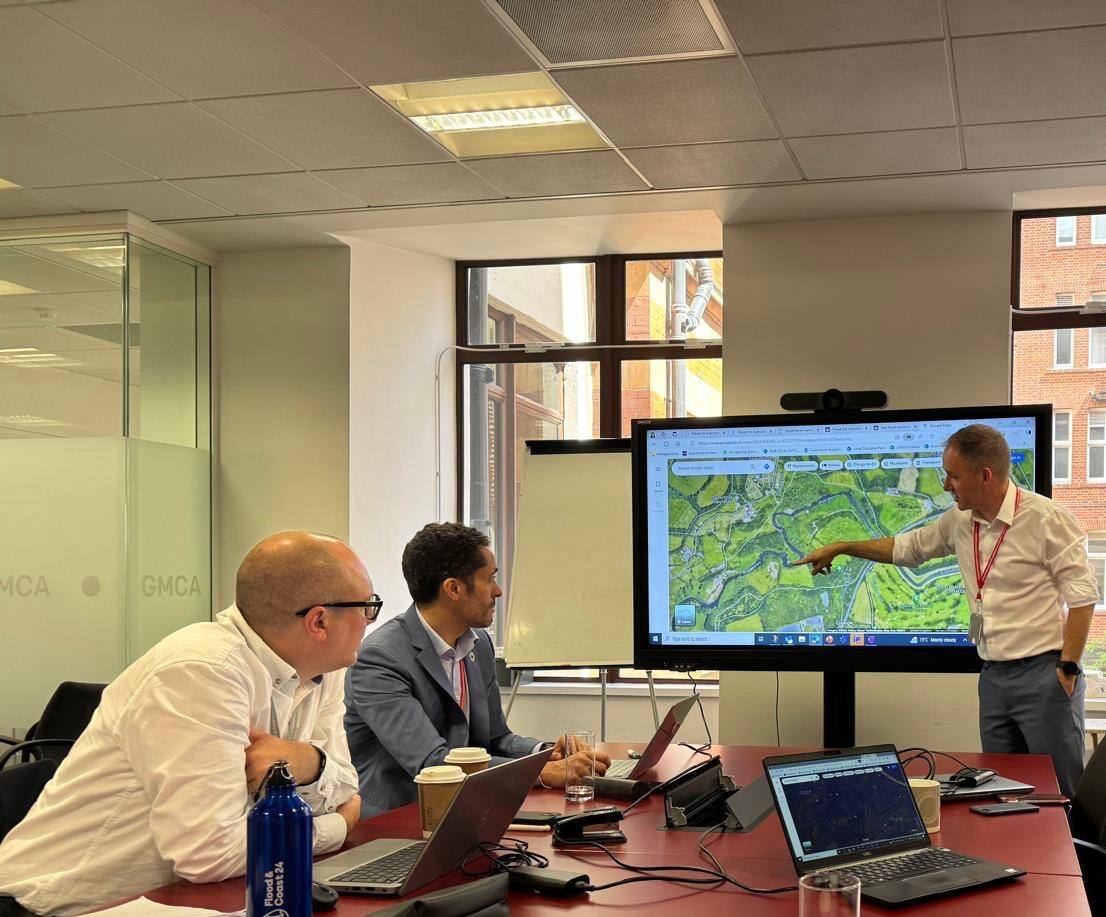
Tackling the scale of the problem
At Rebalance Earth, we believe that Nature is the most valuable asset class on the planet. The UK is one of the most Nature-depleted countries in the world. The compounding effects of climate change and Nature loss mean that the UK is increasingly vulnerable to more frequent and severe flooding, drought, and a water quality crisis. The assets and infrastructure we depend are threatened by these risks.

By restoring Nature at a landscape level across the UK, we can address these 5 key challenges
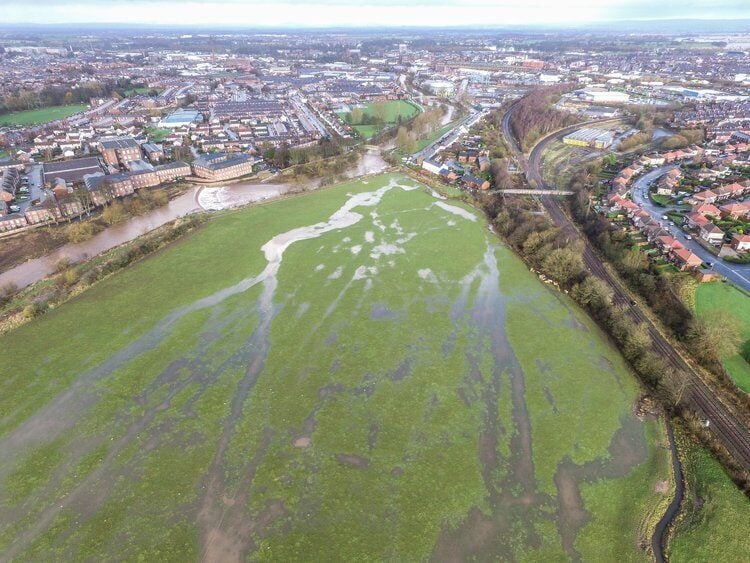
Flooding

Drought

Water Quality Issues
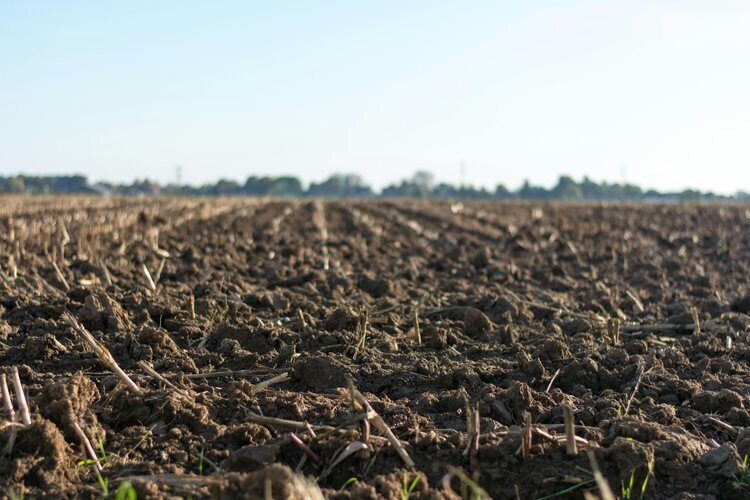
Biodiversity Loss

Emissions

Flooding

Drought

Water Quality Issues

Biodiversity Loss

Emissions
We see Nature as business-critical infrastructure, capable of providing risk mitigation services against these water-related challenges and reducing risks to the systems we depend on, from food to financial systems. To secure a resilient future, we must value and invest in Nature as we do in other asset classes.
The UK needs £100 billion over the next decade to restore its natural infrastructure. Allocating just 2% of the £5 trillion in UK pension and wealth assets could close this funding gap and protect the vital services Nature provides.
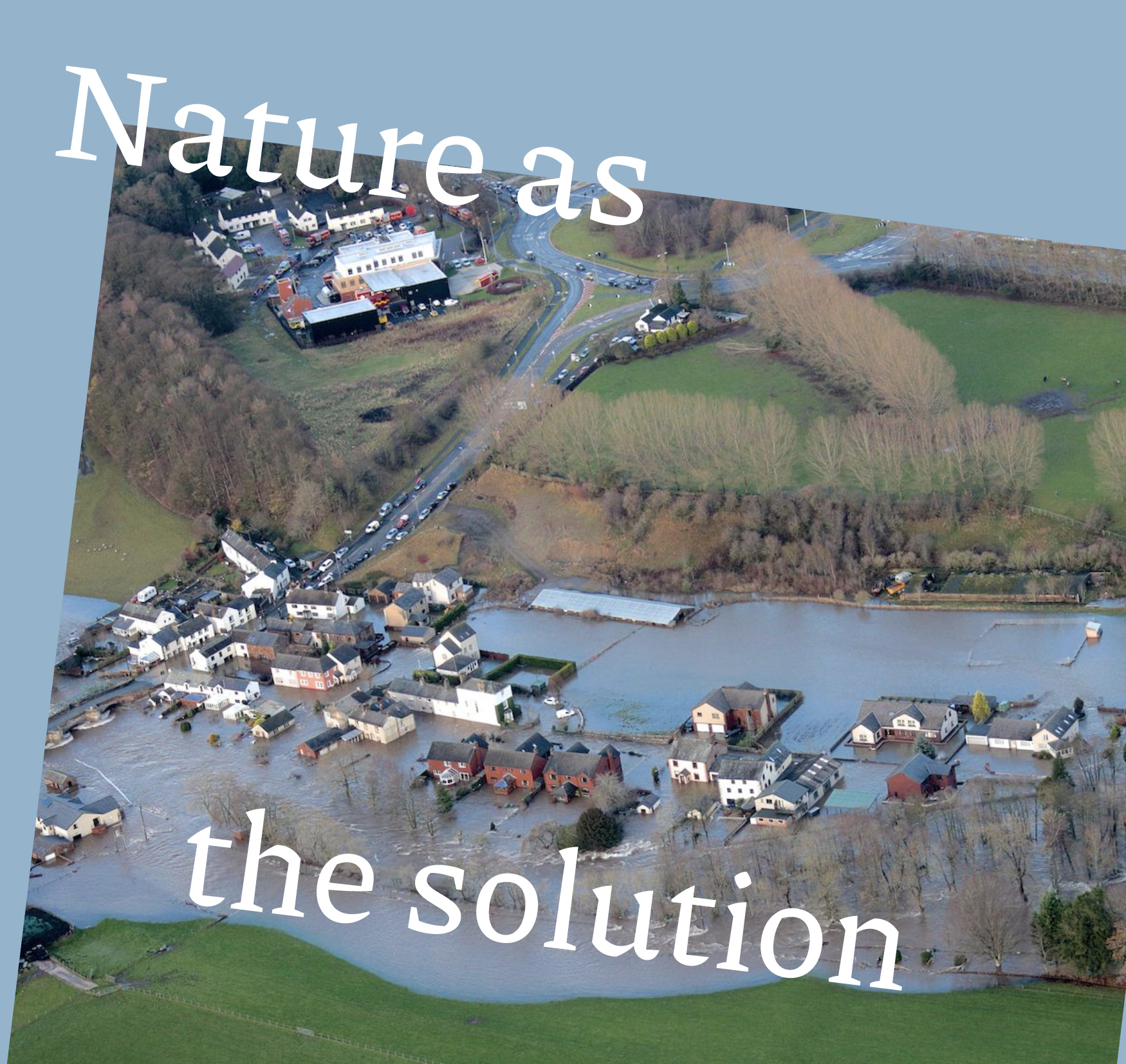
How do we generate financial returns from Nature?
We identify catchments with high commercial activity where companies face significant water-related risks, such as flooding, drought, and water quality issues. By restoring these landscapes with multiple Nature-based Solutions (NbS) we:
- Reduce the risk of asset damage
- Minimise business disruptions
These businesses pay for the risk mitigation services provided by restored Nature through recurring payments under Nature-as-a-Service (NaaS) contracts.
The recurring payments generate predictable cash flows, delivering steady financial returns for investors. The projects will also produce Biodiversity Net Gain (BNG) units and high-quality carbon credits, which generates additional revenue streams.
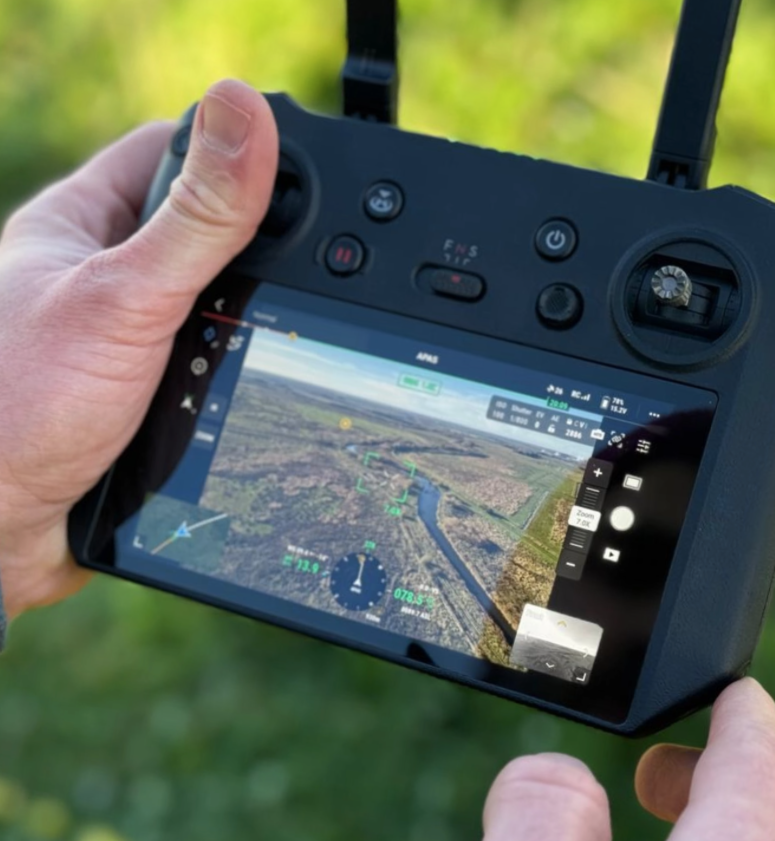
Listen to our podcasts
Leadership
Rob Gardner
CEO & Co-Founder
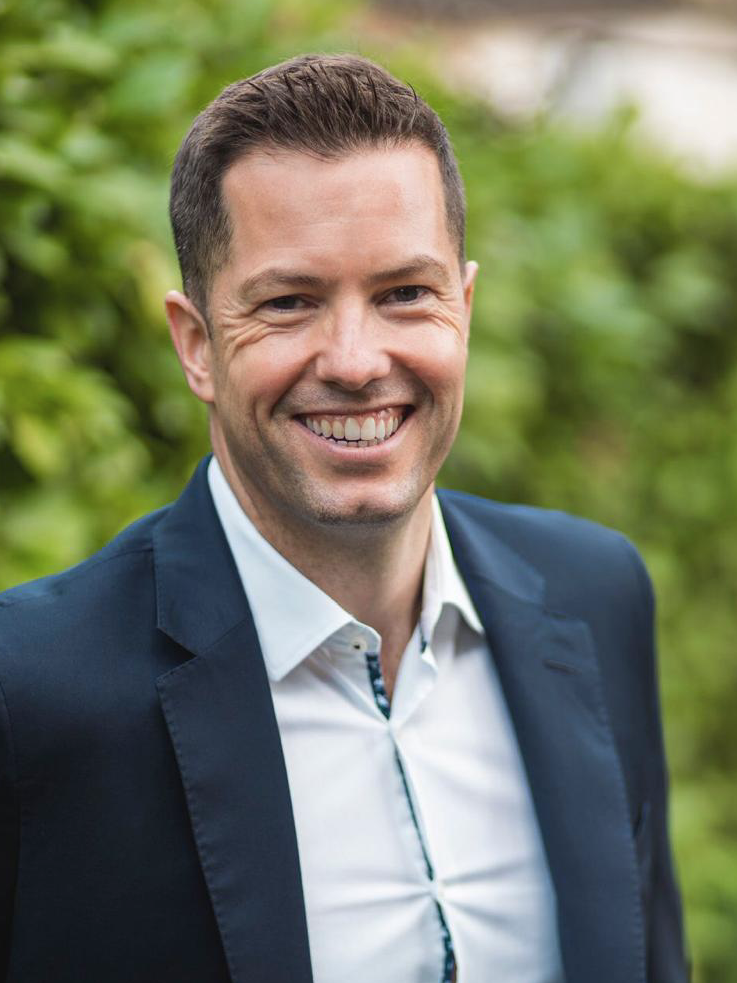
CEO and Co-Founder of Rebalance Earth, Robert has 25 years of sustainable finance experience, including co-founding Redington and mallowstreet, Rob has had a long standing passion for Geography. His mission is to create a world worth living in by mobilising £10 billion for Nature restoration, mitigating climate risks for businesses and communities, and delivering resilient, sustainable returns for investors.
Walid Al Saqqaf
CTO & Co-Founder
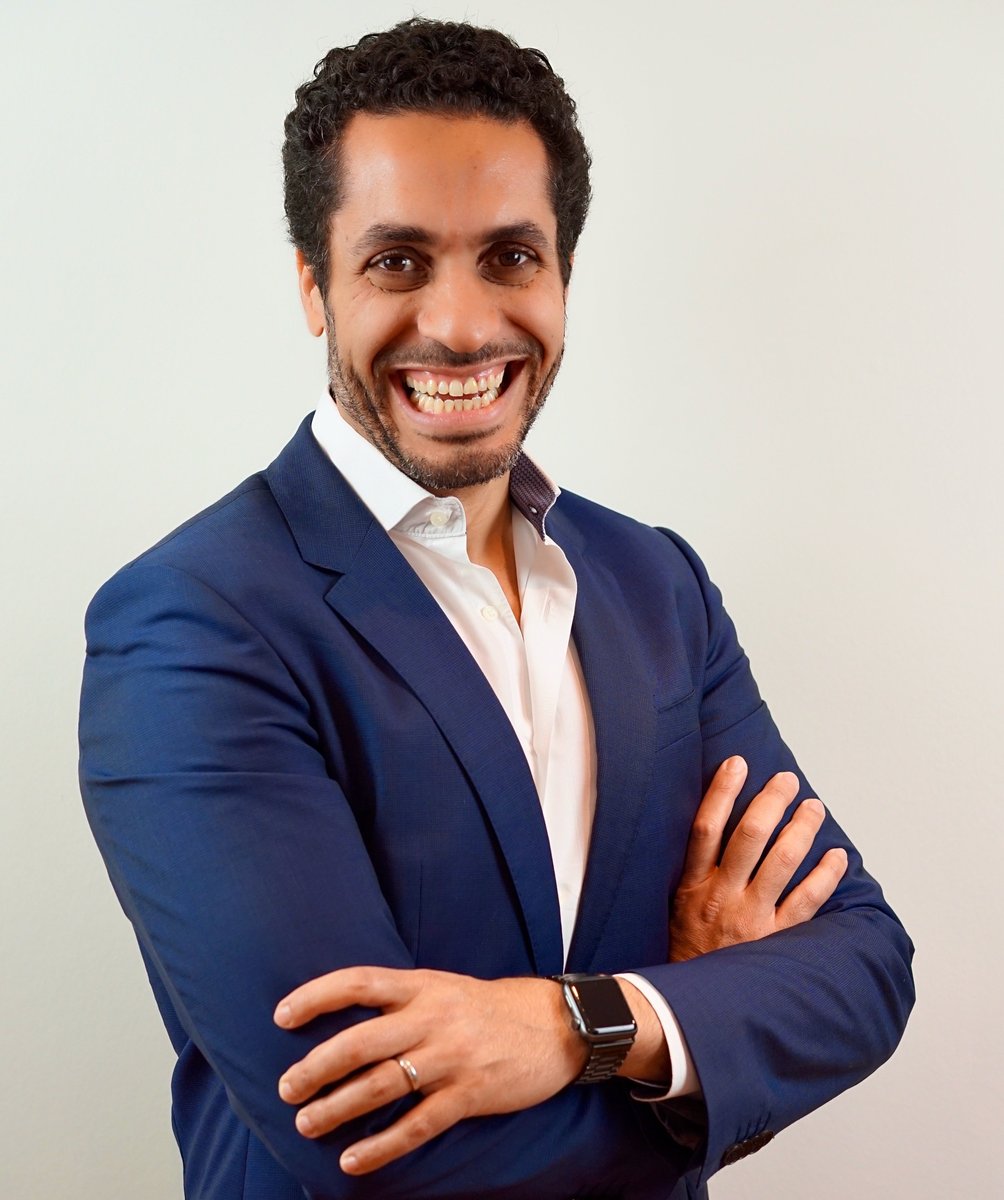
Walid is the Co-Founder of Rebalance Earth, where he is responsible for identifying and delivering investible projects worth £10 billion over the next decade to restore natural infrastructure across the UK. Walid has a passion for cutting-edge technologies such as blockchain, AI, and IoT, and has launched multiple startups that leverage these technologies to solve business challenges—including TrustedPlaces (acquired by Yell) and Insureblocks. Now, as a father of two daughters, he is applying his entrepreneurial spirit and technical know-how to solve the biggest challenge of our lives: making Nature an investible asset class.
Kirsty Wilman
COO
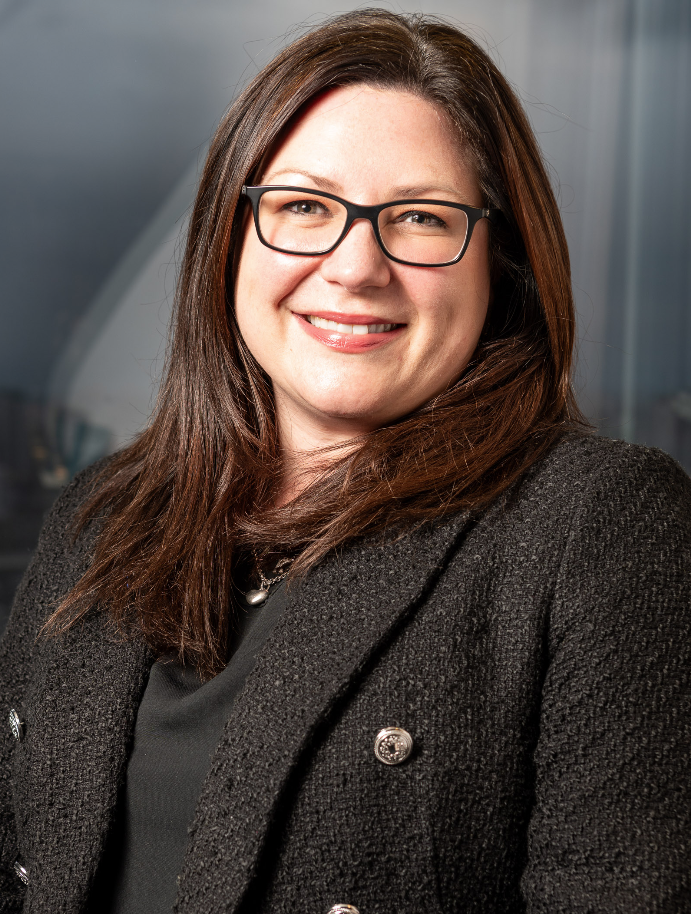
Kirsty brings over 20 years of expertise in finance and operations within the real estate sector, underpinned by her credentials as a Chartered Accountant. Her extensive experience spans leadership roles in prominent organisations, including Federated Hermes, where she served as Chief Operating Officer in the Real Estate division, overseeing legal, compliance, finance, and operational functions across private credit and real estate portfolios.
Professor Neil Entwistle
Head of Science
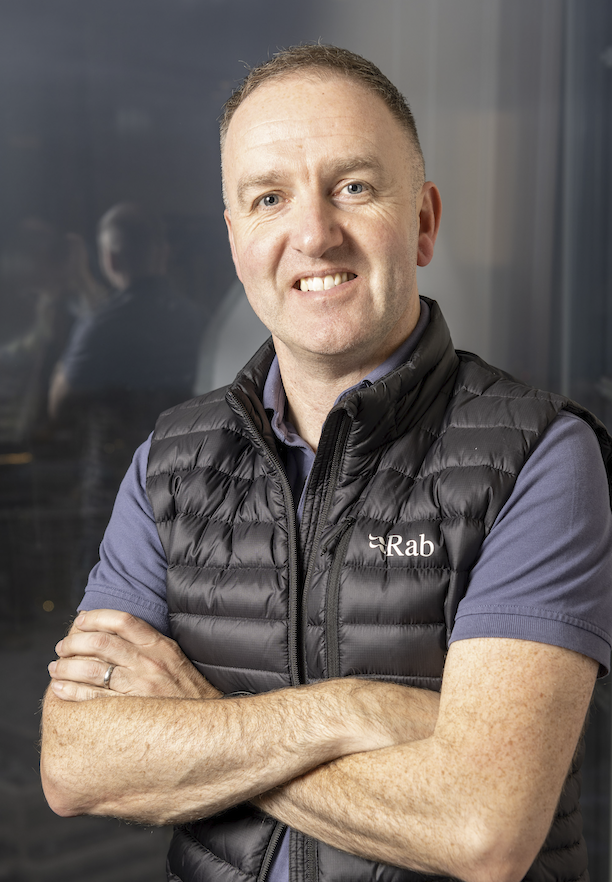
With over 20 years of applied research in water science, Neil is a leading expert in physical geography, specialising in the intricate dynamics of rivers. His primary research focuses on hydromorphology, geomorphology, and river restoration, contributing to a deeper understanding of how rivers function, evolve, and can be effectively restored to sustainably address critical challenges such as flooding.
Eoin Murray
CIO
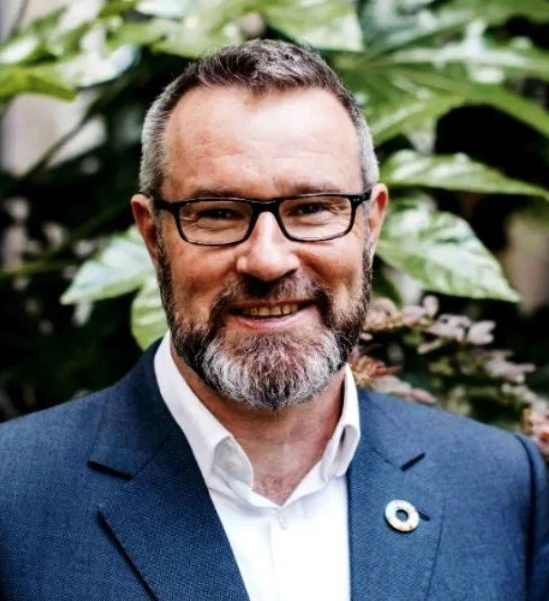
Eoin brings 34 years of extensive experience in natural capital and investment management, with a strong track record in portfolio construction, trading, and senior client management. As a seasoned portfolio manager, Eoin has worked across prominent financial institutions, including Federated Hermes, GSA Capital, and Callanish Capital Partners, contributing to the successful management of diverse investment portfolios.
Anne Reaney
Head of Commercial Strategy
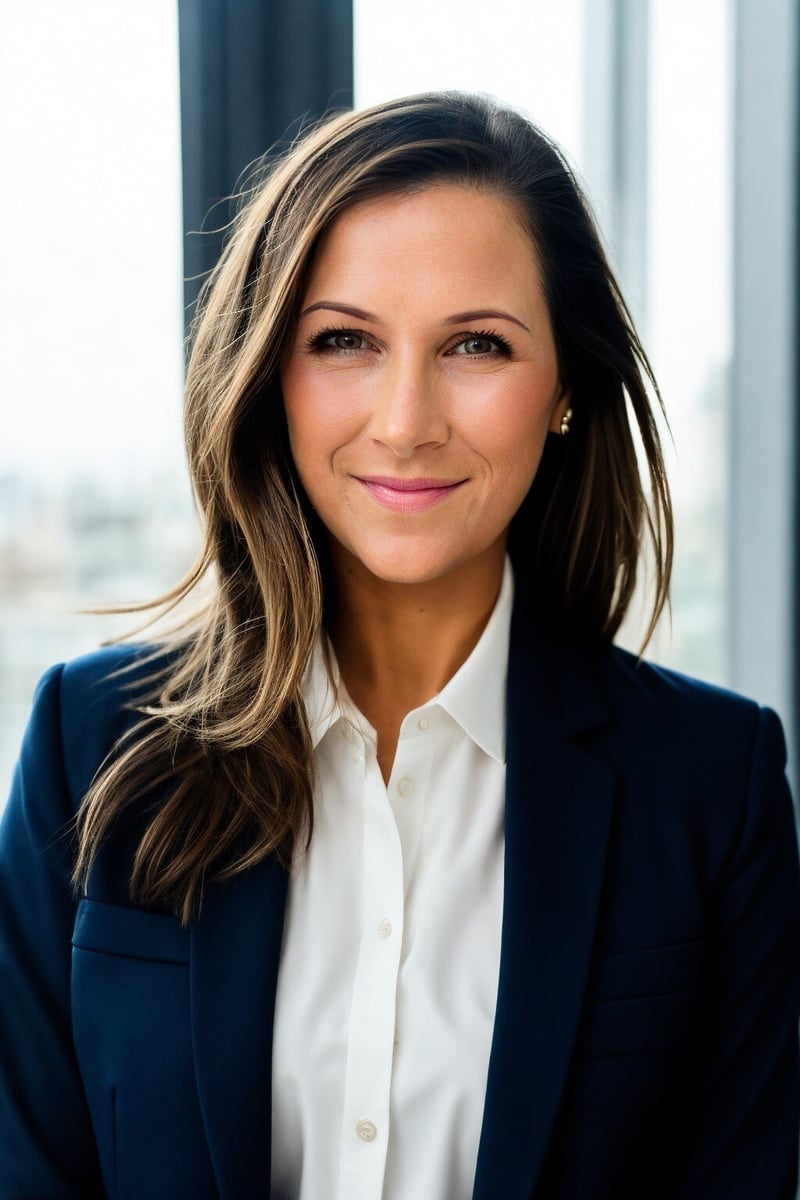
Anne is a commercial and go-to-market leader with 18 years of experience in Finance and Sustainability. Anne has leadership experience at Persefoni, a carbon management solution provider, where she co-founded the UK business, led Global Sales and was regional GM for EMEA. She was formerly Head of Europe at Truvalue Labs, where she built & led their European commercial footprint, contributing to its acquisition by FactSet. The formative decade of her early career was spent at IHS Markit (now S&P Global), where she drove significant growth working with customers across the financial spectrum on complex solutions.
James Hurrell
Head of Investments

Rob Gardner
CEO & Founder

CEO and Co-Founder of Rebalance Earth, Robert has 25 years of sustainable finance experience, including co-founding Redington and mallowstreet, Rob has had a long standing passion for Geography. His mission is to create a world worth living in by mobilising £10 billion for Nature restoration, mitigating climate risks for businesses and communities, and delivering resilient, sustainable returns for investors.
Walid Al Saqqf
CTO & Founder

Walid is the Co-Founder of Rebalance Earth, where he is responsible for identifying and delivering investible projects worth £10 billion over the next decade to restore natural infrastructure across the UK. Walid has a passion for cutting-edge technologies such as blockchain, AI, and IoT, and has launched multiple startups that leverage these technologies to solve business challenges—including TrustedPlaces (acquired by Yell) and Insureblocks. Now, as a father of two daughters, he is applying his entrepreneurial spirit and technical know-how to solve the biggest challenge of our lives: making Nature an investible asset class.
Kirsty Wilman
COO

Kirsty brings over 20 years of expertise in finance and operations within the real estate sector, underpinned by her credentials as a Chartered Accountant. Her extensive experience spans leadership roles in prominent organisations, including Federated Hermes, where she served as Chief Operating Officer in the Real Estate division, overseeing legal, compliance, finance, and operational functions across private credit and real estate portfolios.
Professor Neil Entwistle
Head of Science

With over 20 years of applied research in water science, Neil is a leading expert in physical geography, specialising in the intricate dynamics of rivers. His primary research focuses on hydromorphology, geomorphology, and river restoration, contributing to a deeper understanding of how rivers function, evolve, and can be effectively restored to sustainably address critical challenges such as flooding.
Eoin Murray
CIO

Eoin brings 34 years of extensive experience in natural capital and investment management, with a strong track record in portfolio construction, trading, and senior client management. As a seasoned portfolio manager, Eoin has worked across prominent financial institutions, including Federated Hermes, GSA Capital, and Callanish Capital Partners, contributing to the successful management of diverse investment portfolios.
FAQs
Investing in Nature significantly reduces risks such as flooding, drought, and water quality issues. These risks cause value chain and business continuity disruptions, as well as increase stranded asset risks, which ultimately impact the companies you invest in and the rest of your portfolio.
By restoring natural infrastructure, we can mitigate these risks effectively. Allocating just 2% of your portfolio to Nature helps reduce risks to the remaining 98%, enhancing the resilience and stability of your entire portfolio.
Yes, Nature-as-a-Service is similar to a power purchasing agreement (PPA). Just as PPAs are agreements where a buyer commits to purchasing electricity at a pre-agreed price over a long term (e.g., 10-20 years), NaaS contracts involve companies paying for ecosystem services (like flood risk reduction, improved water quality, or carbon sequestration) over a set period. This ensures a steady and predictable cash flow for investors in the restoration project.
To address the free rider problem, we are implementing a blind pool mechanism. Companies commit to the service, but details are only disclosed once a large proportion of corporates in the area have signed up e.g. two thirds. At this point, the local council will launch a climate resilience charter, creating a collective commitment to mitigating climate and Nature risks.
This approach aligns companies around a collective problem and solution. It leverages reputational pressure, encouraging companies to participate and contribute, and shared responsibility for building climate resilience.
Decades of urbanisation and industrialisation have created a cultural disconnect, where Nature is viewed as a backdrop rather than active, business-critical infrastructure. Nature is not currently perceived as a solution because humans are hardwired to build tangible infrastructure, which has understood designs, costs and risks.This bias is reinforced by short-term financial models that overlook Nature’s long-term benefits and regulatory frameworks that favour engineered solutions. Addressing these barriers requires reframing Nature as vital infrastructure and demonstrating its tangible benefits.
Long-term asset owners such as pension funds are stewards of patient capital, and have a fiduciary duty to act in the best interests of their members and prioritise long-term growth. Their investment horizons naturally align with the timelines of nature restoration, positioning them to play a vital stewardship role in addressing the systemic risks of climate change and nature loss, which directly impact their members
With £5 trillion in pension and wealth assets, the UK is uniquely positioned to finance large-scale nature restoration projects. These investments not only mitigate risks such as flooding, drought, and water quality issues but also deliver long-term financial returns and enhance portfolio resilience.
While Nature restoration efforts significantly reduce risks, they cannot completely eliminate them. Instead, restored ecosystems are designed to act as natural buffers, reducing the severity of extreme events.
By addressing the root causes of vulnerability, these projects strengthen ecosystems, making them more resilient to natural disasters. While Nature-based solutions cannot prevent all adverse effects, they minimise the severity of disasters and enable quicker recovery, reducing long-term operational and financial risks.






